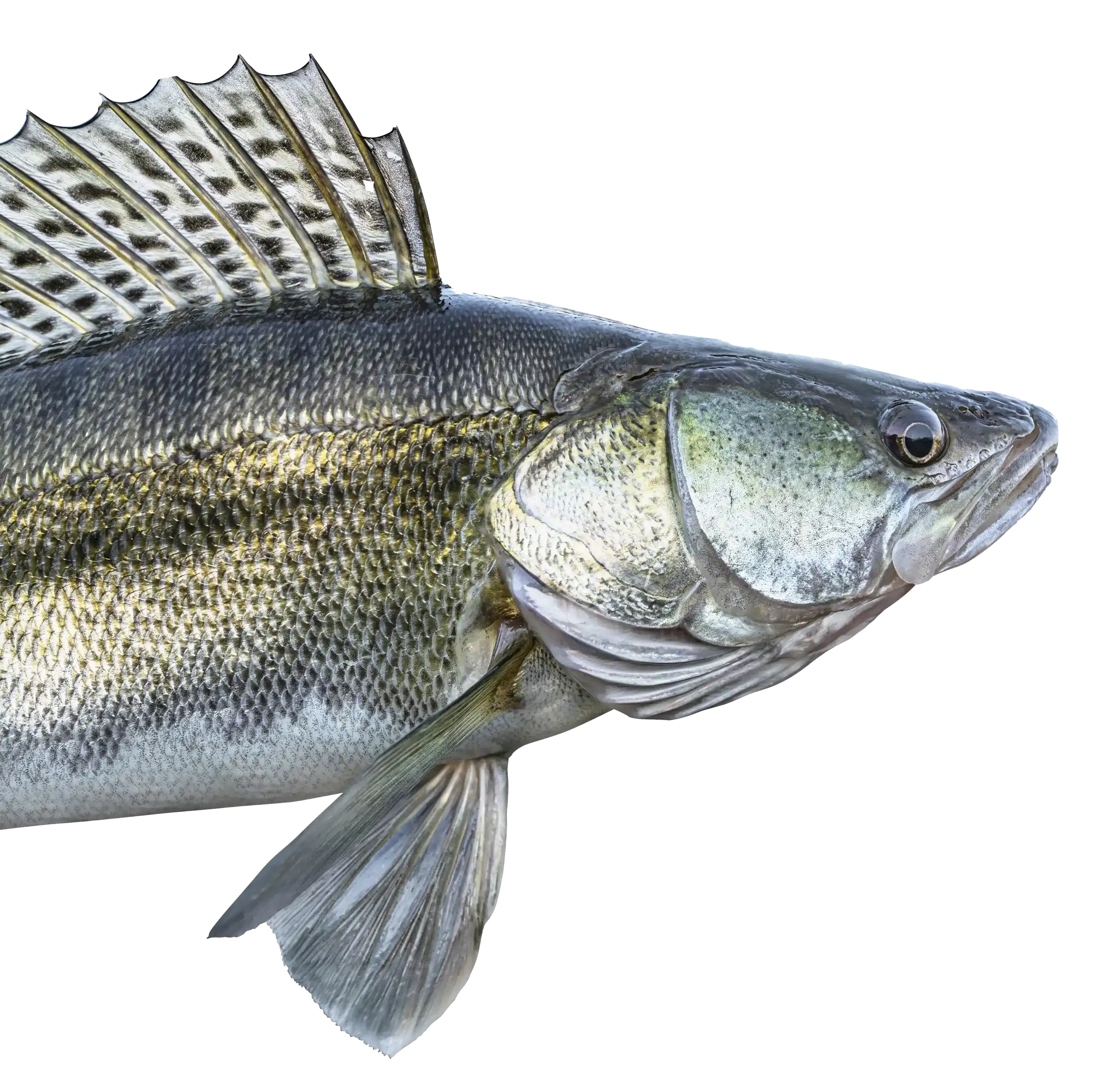
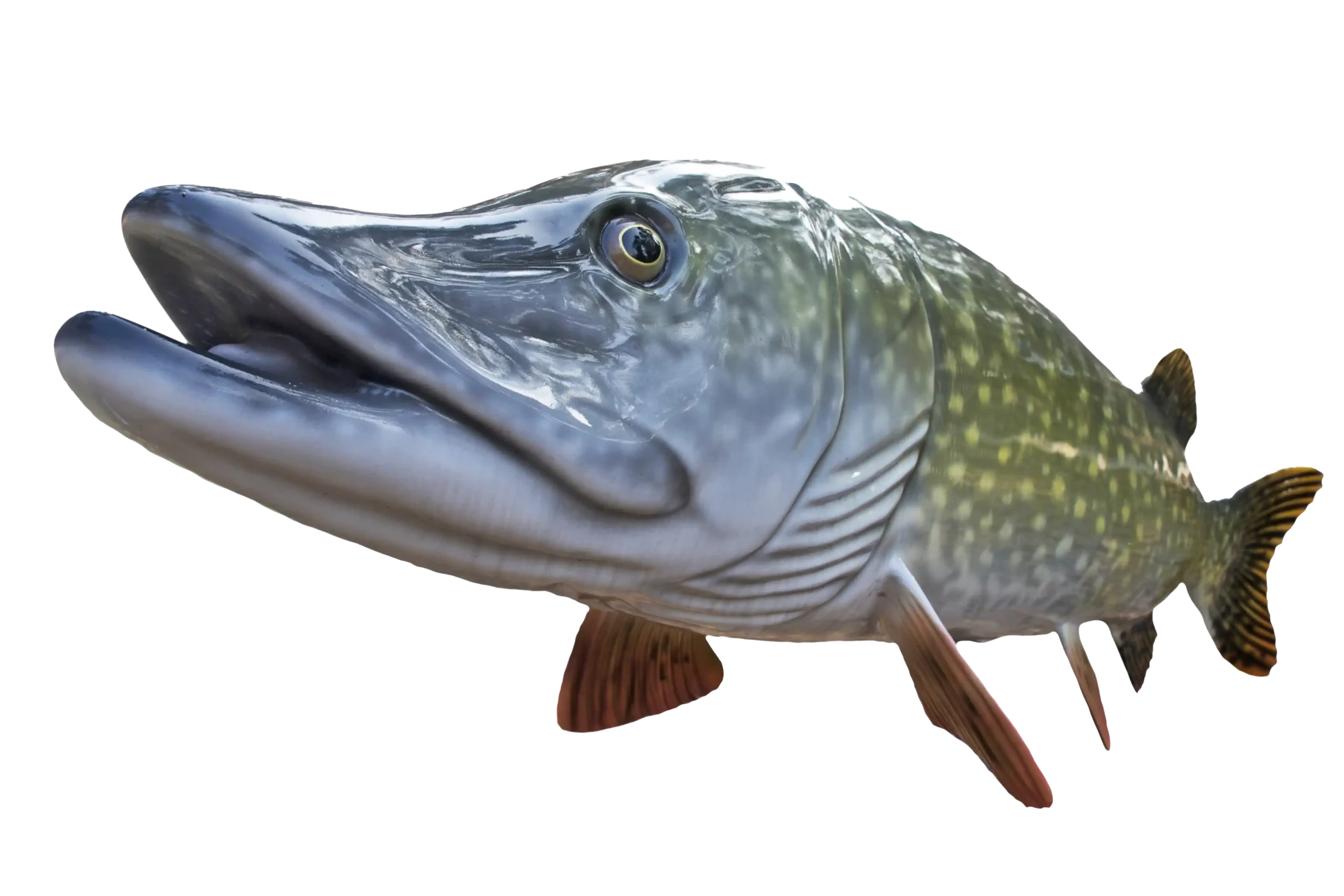
MTT. Minnesota Tournament Trail
NWT. National Walleye Tour
AIM. Angler’s Insight Marketing
Chili Bowl, Border View Lodge
Arnesen’s, Summer Tournament
River Bend Resort, Ladies tournament
Zippel Bay Resort, Northern Pike Tournament
AND MORE!
The ATV enthusiast can be assured of great trails and beautiful sights as they travel the area at Lake of the Woods. This activity has become a growing sport for young and old alike. Lake of the Woods has a new website at www.lakeofthewoodsmn.com. When you go to that site, click on Outdoor Adventures and find info on ATVs, Biking, Motorcycling and the like. Click on Maps and Trails and you will find Historic Trails, Scenic Drives, The Bog Drive and the Forest Management Drive. You’ll find a vast amount of information to make you trip to Lake of the Woods so enjoyable.
Off-highway vehicles can be driven on all state forest trails that are not designated as off limits for environmental or safety reasons. 
Legislation effective August 1, 2005 allows a greater freedom for all-terrain vehicle riders choosing to ride in Minnesota state forests in our region. Off-highway vehicles can be driven on all state forest trails that are not designated as off limits for environmental or safety reasons.

Beltrami Island State Forest is just west of Baudette and spans an area of 66,903 acres. Pine Island State Forest is just east of Baudette and encompasses 878,040 acres. Northwest Angle State Forest in the north end of Lake of the Woods county has 144,412 acres to explore.
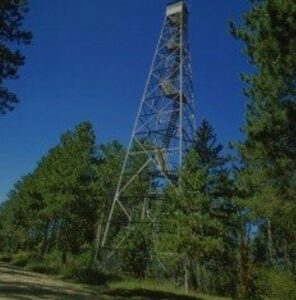
Many visitors come to experience the vast wilderness trails via ATV during the summer and fall months. Beltrami State Forest and the Bankton roads south of Williams and Roosevelt have hundreds of miles of trails, 238 to be exact; not to mention the great hunting that goes with it. Much of this trail system follows county roads, township roads, ditch banks and existing trails. Local people also know back roads that are accessible for travel even from the lake area.
Off highway vehicles can be driven on all state forest trails that are not designates as off limits for environmental or safety reasons. For more information and trail maps check out our ATV PAGE or the MN DNR website.
When looking at the Homesteader’s Trail, you’ll find remnants of a time past when pioneers were able to secure free land. At one time 0 fam4ilies lived along the present day Bankton Forest Road. They accessed the area on forest trails that followed sandy ridges. They also traveled by boat in the summer and on the ice in the winter.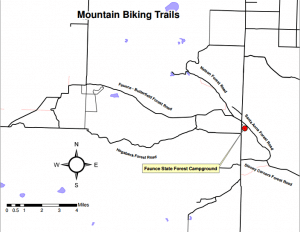
The homesteaders’ livelihood was based on the resources of the area. They logged sawtimber and poles, worked in sawmills, trapped fur, and provided their own food by subsistence farming and hunting.
The community of Bankton had a post office, school, and a community hall. Most of the people that lived in the Bankton area relocated to other parts of Lake of the Woods county during the federal Resettlement Program of 1935.
The openings along the Bankton Forest Road are all vestiges of the farm fields left by the homesteaders. The location of the homesite is often marked with a willow tree or lilac bush planted by the settlers. Two cemeteries established by the homesteaders remain along the Bankton Forest Road. Records are a bit fuzzy, but at least 5 people are buried in each cemetery. The Hamilton Farm Cemetery is also referred to as the Germanson Cemetery in early township records. The Bankton Cemetery is called God’s Acre Cemetery in the obituary of one of the people buried there.
Informational signs along the Bankton Forest Road identify the two cemeteries and the location of a few of the homestead sites where evidence of buildings remain.
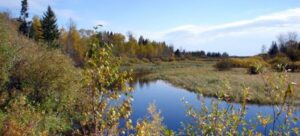
For more information see our website at: www.lakeofthewoodsmn.com
For Lodging see: www.lakeofthewoodsmn.com/lodging
Also see our FaceBook page at: www.facebook.com/lakeofthewoodsmn


Lake of the Woods
We firmly believe that the internet should be available and accessible to anyone, and are committed to providing a website that is accessible to the widest possible audience, regardless of circumstance and ability.
To fulfill this, we aim to adhere as strictly as possible to the World Wide Web Consortium’s (W3C) Web Content Accessibility Guidelines 2.1 (WCAG 2.1) at the AA level. These guidelines explain how to make web content accessible to people with a wide array of disabilities. Complying with those guidelines helps us ensure that the website is accessible to all people: blind people, people with motor impairments, visual impairment, cognitive disabilities, and more.
This website utilizes various technologies that are meant to make it as accessible as possible at all times. We utilize an accessibility interface that allows persons with specific disabilities to adjust the website’s UI (user interface) and design it to their personal needs.
Additionally, the website utilizes an AI-based application that runs in the background and optimizes its accessibility level constantly. This application remediates the website’s HTML, adapts Its functionality and behavior for screen-readers used by the blind users, and for keyboard functions used by individuals with motor impairments.
If you’ve found a malfunction or have ideas for improvement, we’ll be happy to hear from you. You can reach out to the website’s operators by using the following email
Our website implements the ARIA attributes (Accessible Rich Internet Applications) technique, alongside various different behavioral changes, to ensure blind users visiting with screen-readers are able to read, comprehend, and enjoy the website’s functions. As soon as a user with a screen-reader enters your site, they immediately receive a prompt to enter the Screen-Reader Profile so they can browse and operate your site effectively. Here’s how our website covers some of the most important screen-reader requirements, alongside console screenshots of code examples:
Screen-reader optimization: we run a background process that learns the website’s components from top to bottom, to ensure ongoing compliance even when updating the website. In this process, we provide screen-readers with meaningful data using the ARIA set of attributes. For example, we provide accurate form labels; descriptions for actionable icons (social media icons, search icons, cart icons, etc.); validation guidance for form inputs; element roles such as buttons, menus, modal dialogues (popups), and others. Additionally, the background process scans all the website’s images and provides an accurate and meaningful image-object-recognition-based description as an ALT (alternate text) tag for images that are not described. It will also extract texts that are embedded within the image, using an OCR (optical character recognition) technology. To turn on screen-reader adjustments at any time, users need only to press the Alt+1 keyboard combination. Screen-reader users also get automatic announcements to turn the Screen-reader mode on as soon as they enter the website.
These adjustments are compatible with all popular screen readers, including JAWS and NVDA.
Keyboard navigation optimization: The background process also adjusts the website’s HTML, and adds various behaviors using JavaScript code to make the website operable by the keyboard. This includes the ability to navigate the website using the Tab and Shift+Tab keys, operate dropdowns with the arrow keys, close them with Esc, trigger buttons and links using the Enter key, navigate between radio and checkbox elements using the arrow keys, and fill them in with the Spacebar or Enter key.Additionally, keyboard users will find quick-navigation and content-skip menus, available at any time by clicking Alt+1, or as the first elements of the site while navigating with the keyboard. The background process also handles triggered popups by moving the keyboard focus towards them as soon as they appear, and not allow the focus drift outside it.
Users can also use shortcuts such as “M” (menus), “H” (headings), “F” (forms), “B” (buttons), and “G” (graphics) to jump to specific elements.
We aim to support the widest array of browsers and assistive technologies as possible, so our users can choose the best fitting tools for them, with as few limitations as possible. Therefore, we have worked very hard to be able to support all major systems that comprise over 95% of the user market share including Google Chrome, Mozilla Firefox, Apple Safari, Opera and Microsoft Edge, JAWS and NVDA (screen readers).
Despite our very best efforts to allow anybody to adjust the website to their needs. There may still be pages or sections that are not fully accessible, are in the process of becoming accessible, or are lacking an adequate technological solution to make them accessible. Still, we are continually improving our accessibility, adding, updating and improving its options and features, and developing and adopting new technologies. All this is meant to reach the optimal level of accessibility, following technological advancements. For any assistance, please reach out to